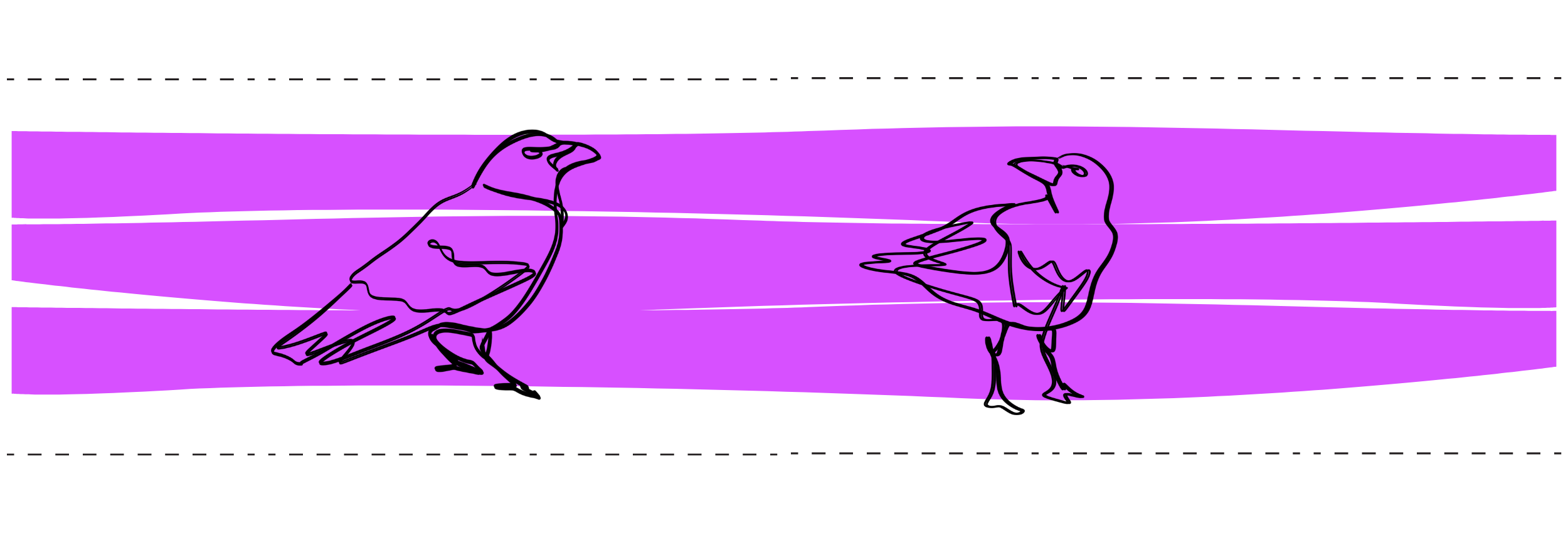A Note on Human
Introduction to Land Education
As you work through this Dreambook, and in other aspects of your day-to-day, pay close attention to how the word human is used and how it is positioned in relation to other beings. Carefully consider how you will unsettle hierarchies through the youth program you are developing.
Download a PDF of the guided prompts for this section or view below
A note on human
Before continuing to think about place, give some thought to who and what defines a human. What images or words come to mind? How would you describe what a human is or is not?
Typically, “human” refers to people and is differentiated from other living beings - like plants and animals - or other parts of the world that are understood as non-living, like objects. As discussed earlier, Indigenous communities understand lands as living knowledge-keepers, teachers, and relatives. Despite lands being different from humans, both are understood as living.
In dominant culture, humans aren’t simply considered different from other beings, but are also constructed as having more value. The superiority of humans over plants, animals, and lands is presumed and normalized in law, practice, and language. For example, the use of “non-human” to refer to plants and animals asserts that humans are the central reference point. “Non-human” also signals the ways that Black and Native people have been excluded from society.
We learn from Black and Indigenous communities that “the human” should not be positioned as having more importance than other living beings. Black and Indigenous communities also teach us that who counts as a human is not neutral; within the idea of “the human” lies an internal ranking that positions white, cis, male, able-bodied person at the top. Further, writings by Sylvia Wynter and Saidiya Hartman push us to grapple with the ways that the liberal humanist definition of the human is founded in ideas and structures meant to violently exclude and harm Black people.
Throughout this Dreambook, the word “human” will continue to appear, however, we seek to resist and unsettle the framing of humans as central and superior. To move away from the hierarchies embedded in mainstream notions of “the human”, we refer to other living beings as more-than-human beings.

Suggested citation:
Tkaronto CIRCLE Lab. (2023). A Note on Human [Land Education Dreambook]. https://www.landeducationdreambook.com/a-note-on-human
